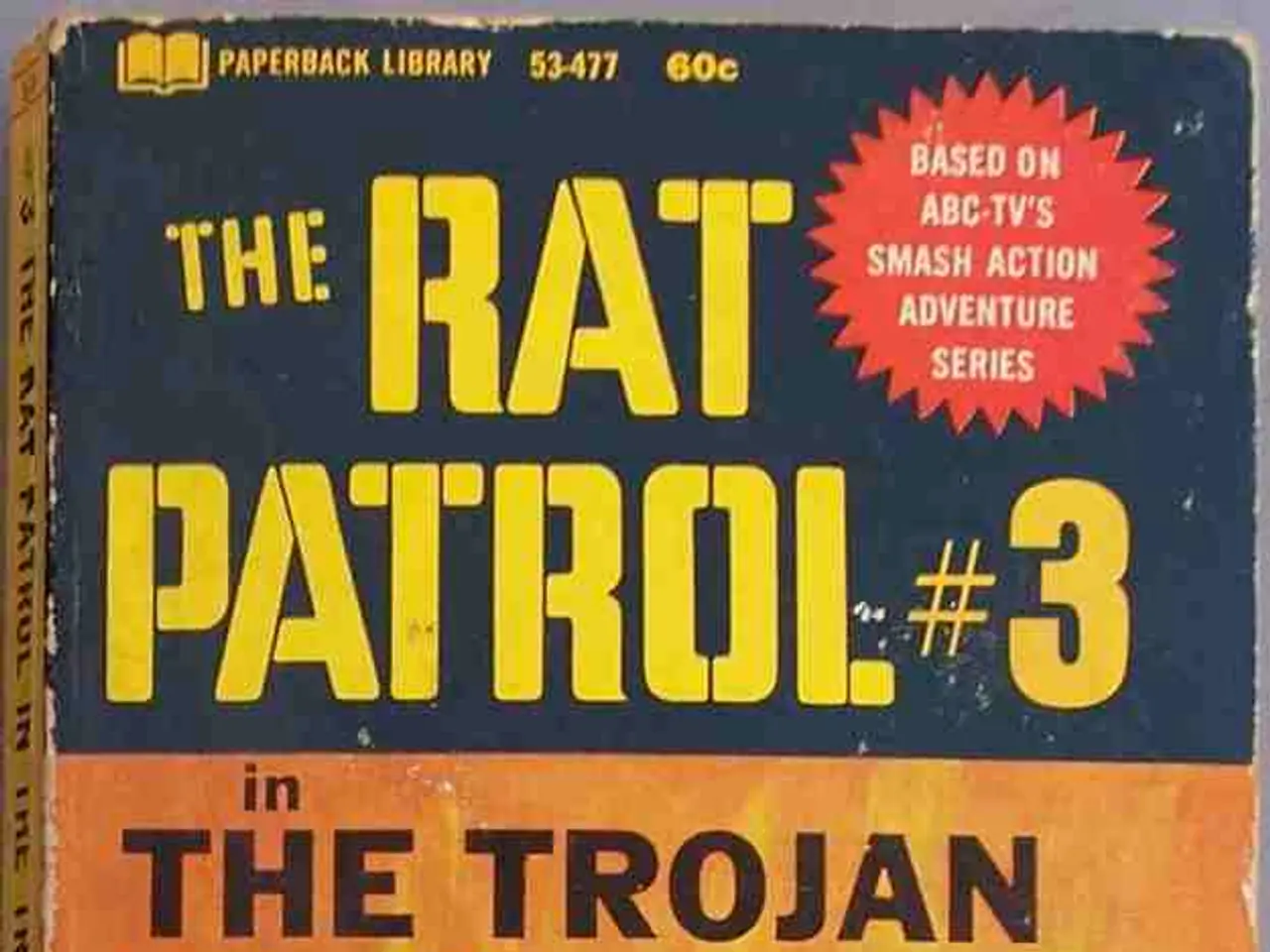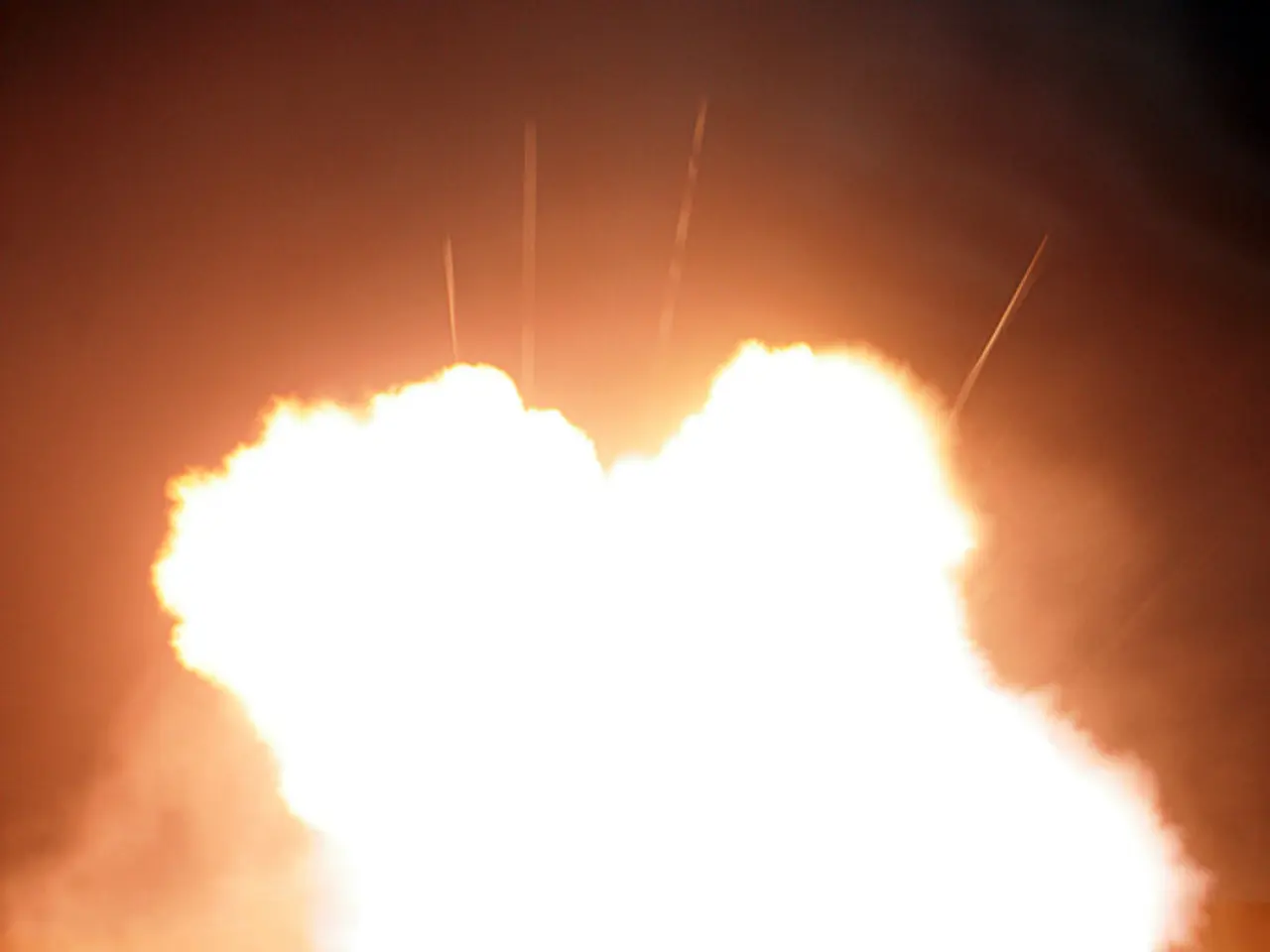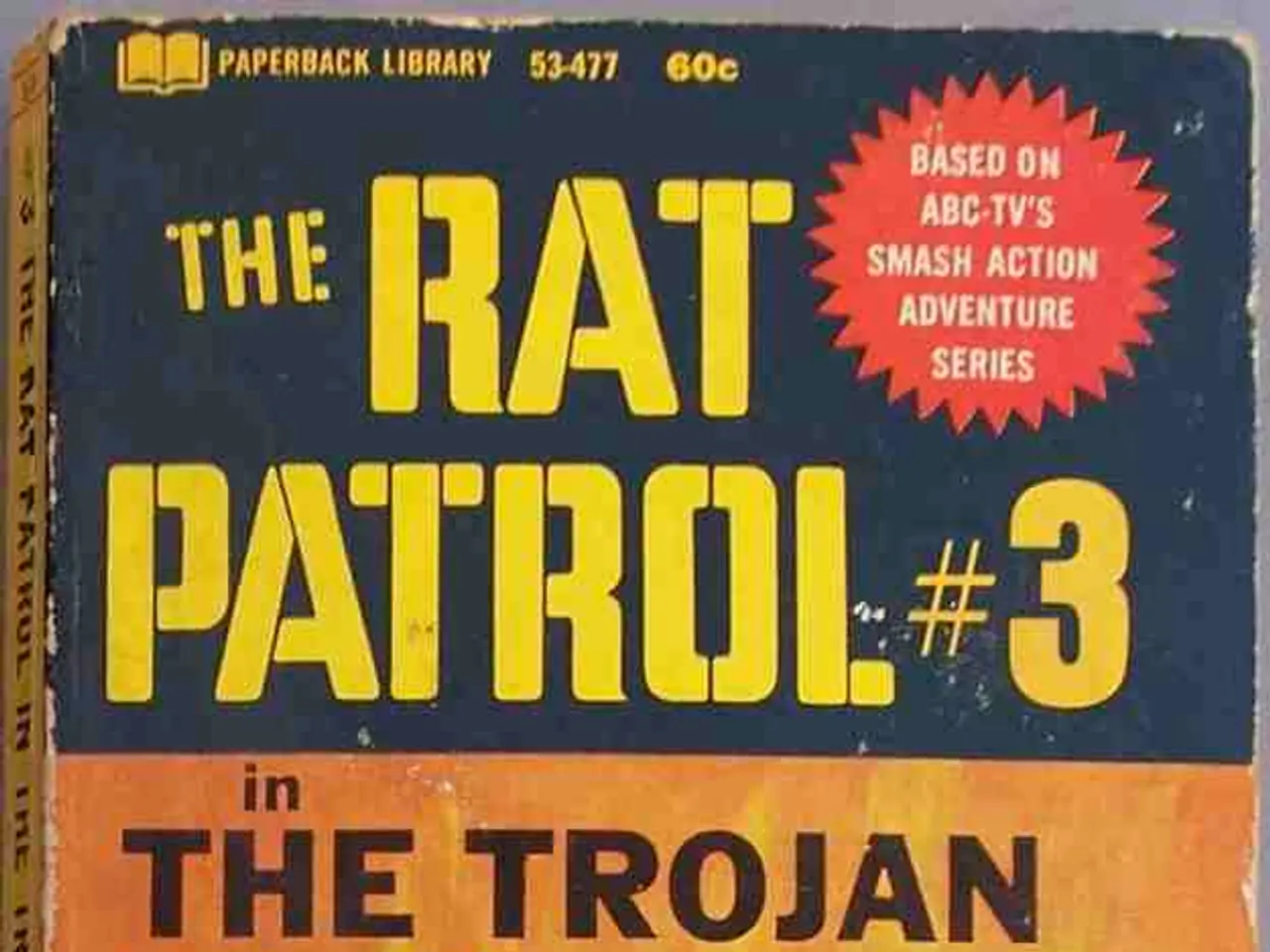Trump announces plans to impose increased tariffs on energy exports from India, a key partner of Russia.
The United States has escalated its trade policy towards India, imposing a higher tariff on Indian goods, including a base rate that has risen to an effective 50% in certain sectors. This move comes in response to India's continued purchases of Russian oil, reflecting increased tensions related to Russia's war in Ukraine.
On August 6, 2025, the U.S. administration issued an executive order adding an additional 25% tariff on India, specifically targeting its oil imports from Russia. This tariff hike is part of broader U.S. attempts to enforce sanctions and reduce support for Russia following its invasion of Ukraine.
The increased tariffs have significantly raised consumer prices in the U.S., particularly in the textiles and apparel sector. Price increases range up to 39% for shoes and 37% for clothing in the short term.
The U.S. is leveraging its trade policy as a geopolitical tool in response to the geopolitical situation created by Russia's war in Ukraine. This move has strained U.S.-India relations, as the tariffs are intertwined with U.S. demands for deeper agricultural market access from India, and they risk damaging the broader strategic and commercial U.S.-India relationship.
In addition to the tariff threat, President Trump has also accused India of being one of the largest buyers of Russian military equipment. If the deadline for a ceasefire between Russia and Ukraine, as set by Trump, passes without a resolution, he has threatened to impose sanctions on Russia's trading partners. The specific amount of the fine mentioned by Trump remains unspecified.
India has been one of the largest buyers of Russian energy, as stated by Trump. However, the exact extent of India's energy purchases from Russia and the profits made on the open market have not been disclosed.
This context shows that the U.S. tariff policy on Indian products has evolved recently as a geopolitical tool connected directly to India’s stance on Russia and the Ukraine conflict. The deadline for a ceasefire between Russia and Ukraine, as set by Trump, is still running.
- The U.S. tariff policy on Indian products, as evident in the recent increase to 50% in certain sectors, has been a strategic tool in response to India's continuous purchases of Russian oil, a situation stemming from the war-and-conflicts in Ukraine.
- Beyond tariffs, politics surrounding the Ukraine conflict has also spilled over into trade, with President Trump accusing India of being one of the largest buyers of Russian military equipment, hinting at potential policy-and-legislation measures or general-news developments related to sanctions against Russia should the ceasefire deadline pass without resolution.







